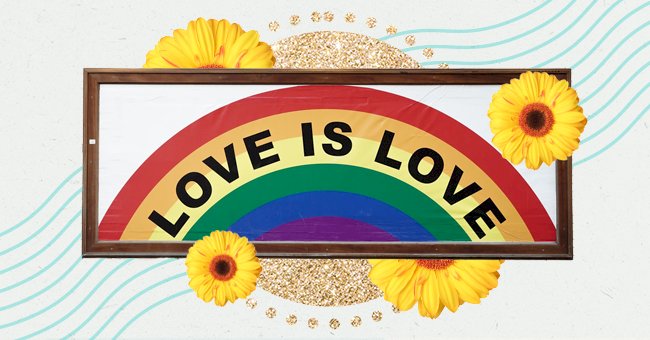
Unpacking Every Pride Flag & What They Represent
Many of us are familiar with the rainbow LGBTQ+ flag and use it to represent the entire community. However, this flag is not the only one as there are twenty more that represent different sexualities.
You may have seen a fair number of rainbow-colored flags being raised high this pride month. Although this flag represents the LGBTQ+ community, many people don’t know that there are plenty more.
The LGBTQ+ community is vast and ever-growing, so there are currently twenty-one flags to represent different members. Read more to discover the twenty-one pride flags and the meanings for all of them.
Gilbert Baker Pride Flag
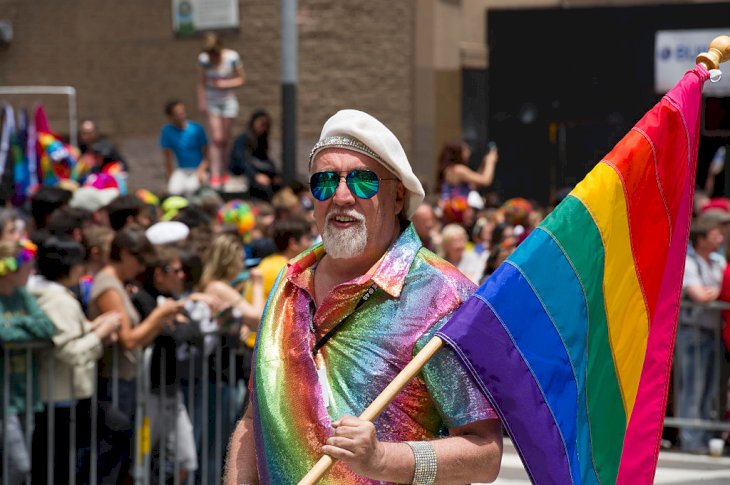
Getty Images
Harvey Milk, the first openly gay elected official in California, enlisted artist Gilbert Baker to create a pride flag. The result was a rainbow flag representing sex, life, healing, sunlight, nature, magic, harmony, and spirit.
1978-1999 Pride Flag
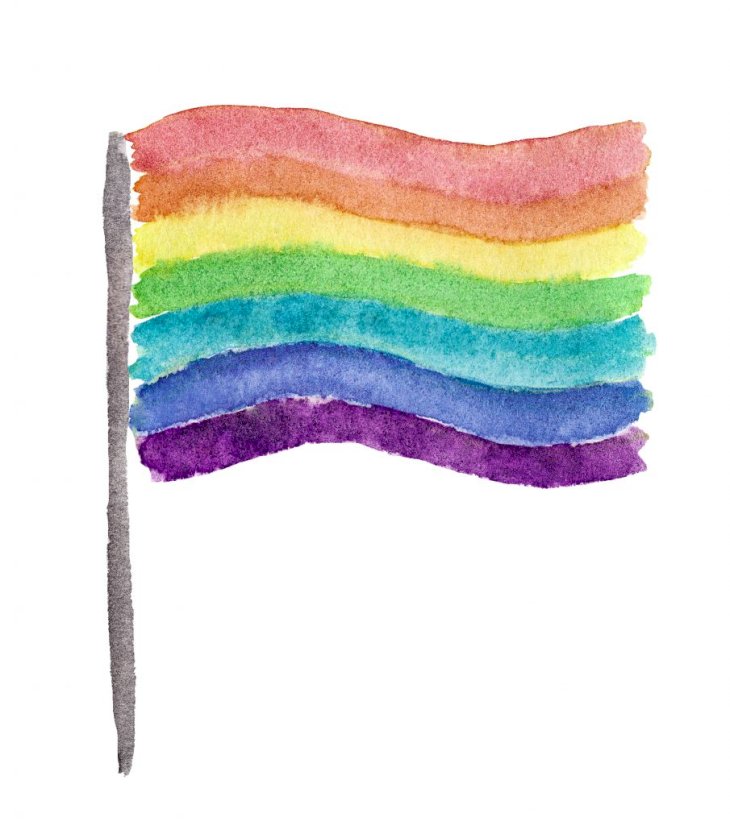
Shutterstock
This pride flag is the same as the Gilbert Baker flag, without the pink color as it became more difficult to find. The challenges with finding the pink came after an increase in demand for the flag after Harvey’s assassination.
Rainbow Pride Flag

Photo by Yoav Hornung on Unsplash
The rainbow pride flag is the flag we see most often and symbolizes the overall LGBTQ+ community. Many establishments fly this flag high to identify that they are a safe space for LGBTQ+ people.
Philadelphia’s People of Color Inclusive Flag
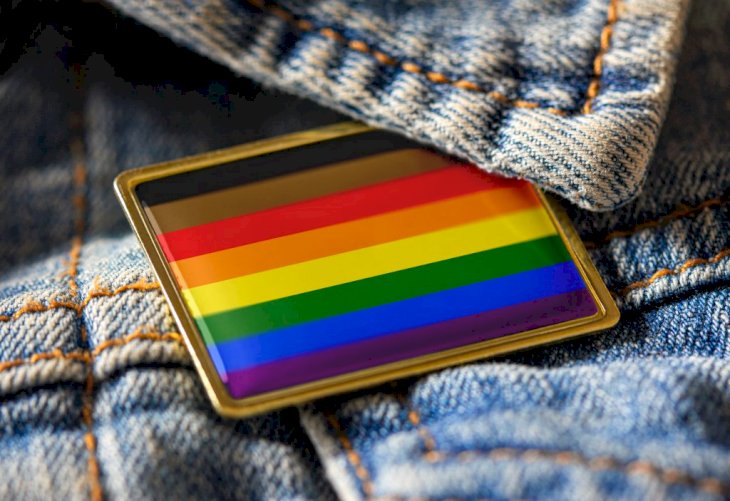
Shutterstock
Black and brown people in the LGBTQ+ often face more challenges due to the prejudices they already face. This flag was created in 2017 to honor these LGBTQ+ members and to acknowledge their struggles.
Queer People of Color Flag
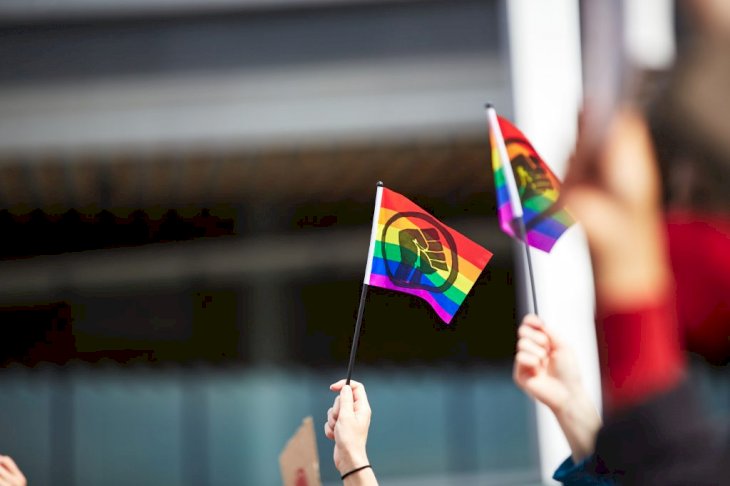
Shutterstock
This flag’s origins are unknown, but it has been used to represent the intersection of queer and black communities. The Queer People of Color flag gained even more popularity during the Black Lives Matter movement.
Progress Pride Flag

Shutterstock
As a response to the updated People of Color Inclusive flag, Daniel Qusar created the progress flag in 2018. This flag includes the colors of the transgender pride flag to give the overall new flag more meaning.
Bisexual Flag
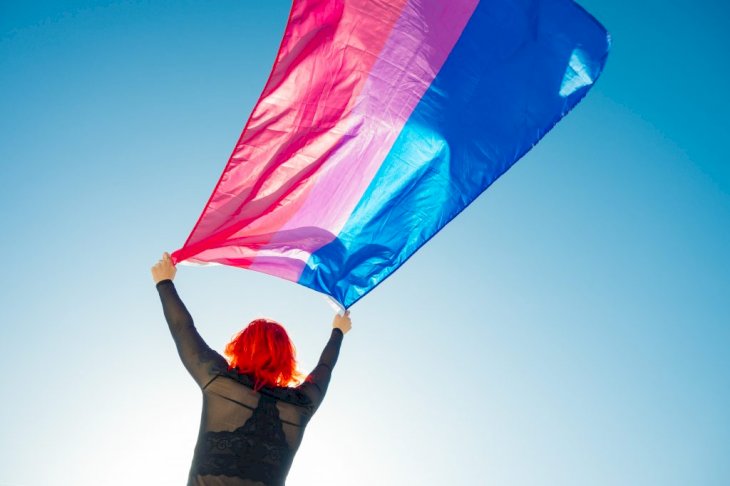
Shutterstock
Activist Michael Page created the three-color bisexuality pride flag for bisexual people to feel a connection. The colors symbolize different types of attraction, namely same-sex, opposite-sex, and attraction to both sexes.
Pansexual Flag
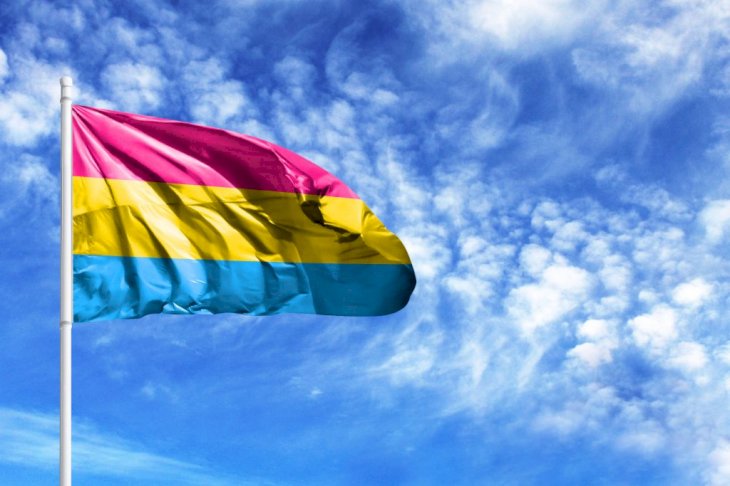
Shutterstock
The origins of this candy-colored pride flag are unknown, but it started gaining traction in 2010. This flag symbolizes attraction to all genders and features the colors pink, yellow, and light blue.
Polysexual Flag

Shutterstock
Polysexual is the attraction of multiple but not all genders, such as a pansexual, and this flag symbolizes that. The polysexual pride flag was created on Tumblr in 2012 and features pink, green, and blue colors.
Asexual Flag
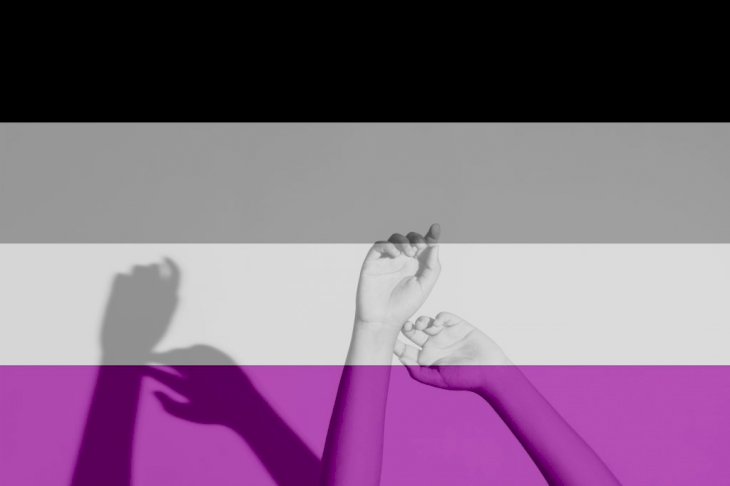
Shutterstock
Many people define asexuality as the lack of sexual attraction, but it is also a spectrum. The black represents asexuality as a whole; grey represents grey asexuality and demisexuality; white represents sexuality, and purple represents community.
Demisexual Flag
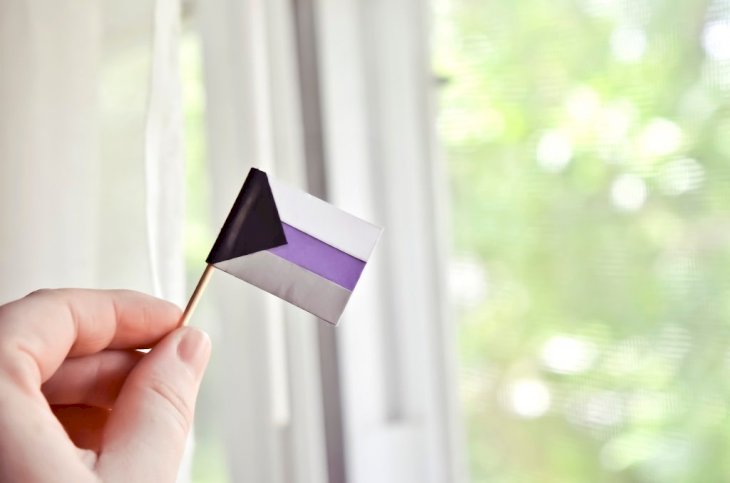
Shutterstock
Demisexuality, which falls on the asexual spectrum, defines having no sexual attraction unless there’s an emotional bond. Consequently, the flag has the same colors as the asexual flag, just with a different design.
Lesbian Flag
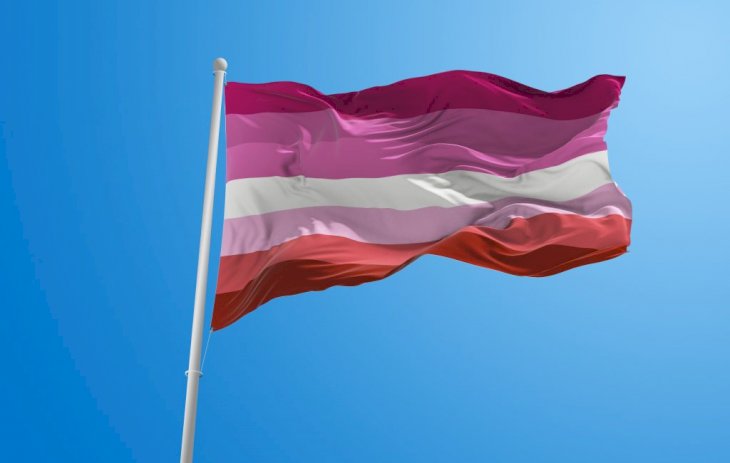
Shutterstock
The original lesbian flag was redesigned after the creator was exposed for being a bigot. Now, the flag features orange and pink hues representing gender non-conformity, independence, community, unique relationships to womanhood, serenity, and peace, love and sex, and femininity.
Intersex Flag

Shutterstock
Morgan Carpenter created the intersex flag in 2013 to represent intersex people without depending on stereotypes. The yellow reclaims the slur’ hermaphrodite,’ and the purple circle represents being whole and unbroken.
Transgender Flag
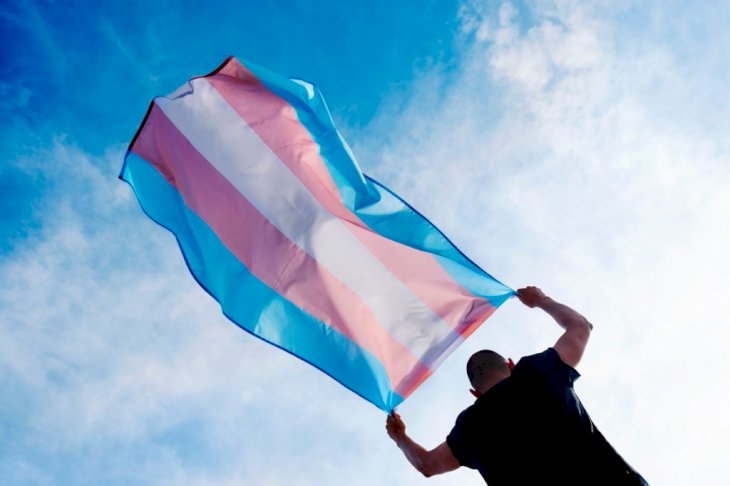
Shutterstock
A transgender woman named Monica Helms created the transgender flag in 1999. The blue represents boys, pink represents girls, and white represents gender-neutral people or those who are transitioning.
Genderqueer Flag
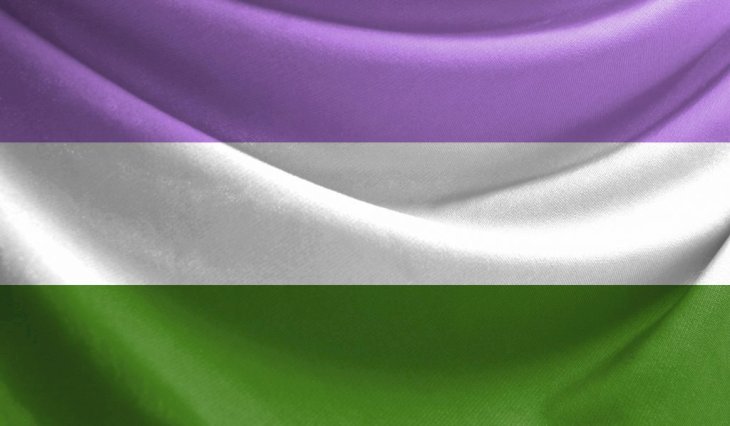
Shutterstock
Genderqueer people don’t conform to society’s ideas on expressing themselves based on their assigned gender. The flag created in 2011 by Marilyn Roxie represents androgyny, agender identities, and non-binary people.
Genderfluid Flag
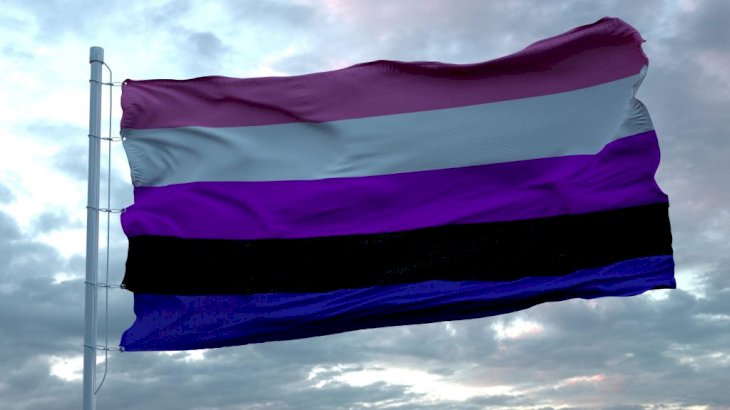
Shutterstock
JJ Poole created a genderfluid flag in 2012 because gender fluidity lacked a symbol. Pink represents femininity; white is all genders, purple is masculinity and femininity, black is lack of gender, and blue is masculinity.
Agender Flag
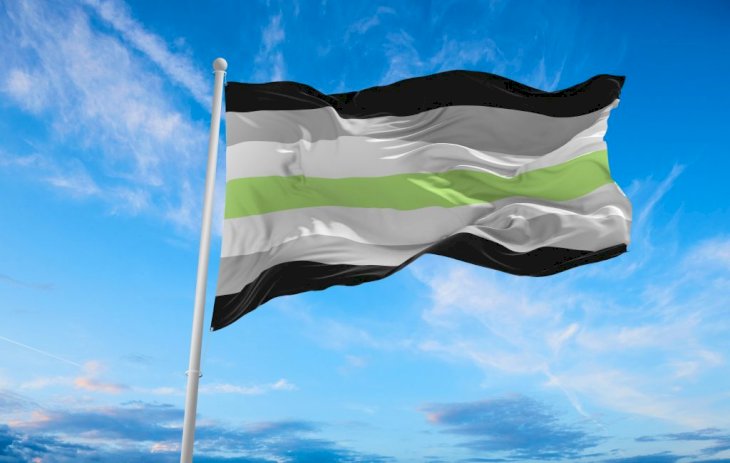
Shutterstock
The Oxford Dictionary describes an agender person as someone who doesn’t identify with any gender. Salem X created the flag with black and white representing an absence of gender; grey is semi-genderless, and green is non-binary.
Aromantic Flag
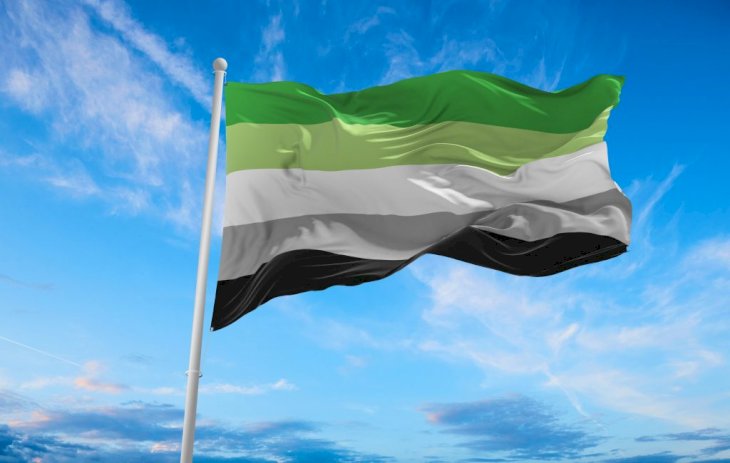
Shutterstock
An aromantic person may have little to no romantic attraction to other people, which is symbolized with green in the flag. The flag also includes grey and black to represent both sexual and asexual aromantic sexualities.
Non-Binary Flag
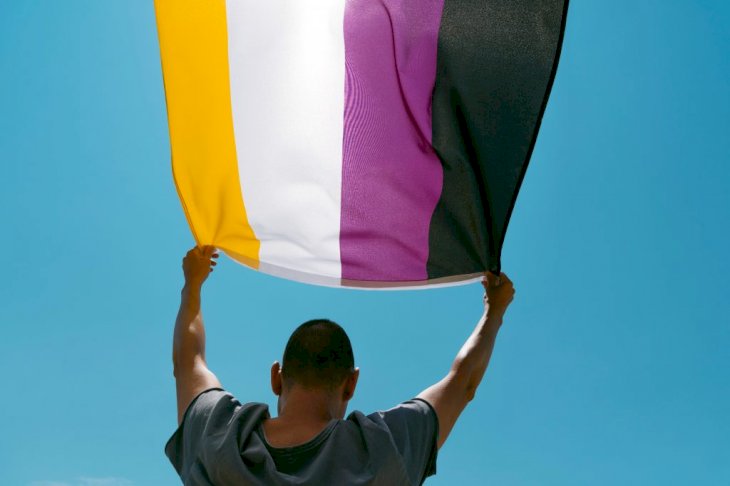
Shutterstock
Kye Rowan created the non-binary flag in 2014 for non-binary people who didn’t feel represented by the genderqueer flag. The colors represent genders outside of the gender binary, people who identify with several or all genders, male and female genders, and agender people.
Polyamory Flag
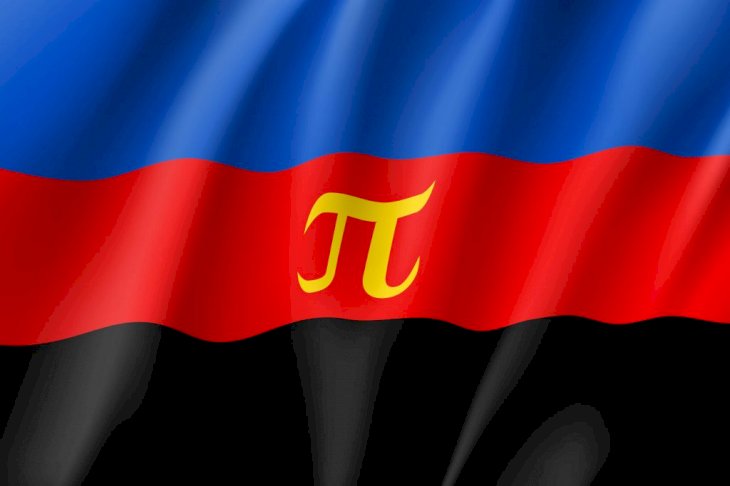
Shutterstock
People who are polyamorous can have multiple to infinite partners, hence using the pi symbol on the flag. The yellow or golden color used for the pi symbol also represents emotional connection rather than sexual.
Straight Ally Flag
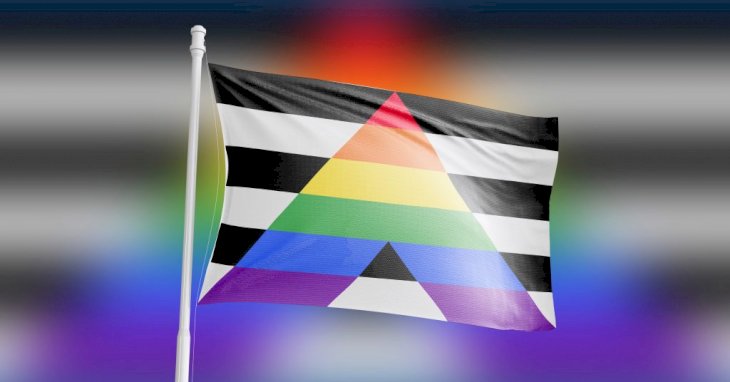
Shutterstock
The black and white stripes in this flag represent allies who fit society’s gender and sexuality binaries. However, it is essential to remember that being an ally does not make one a member of the LGBTQ+ community.